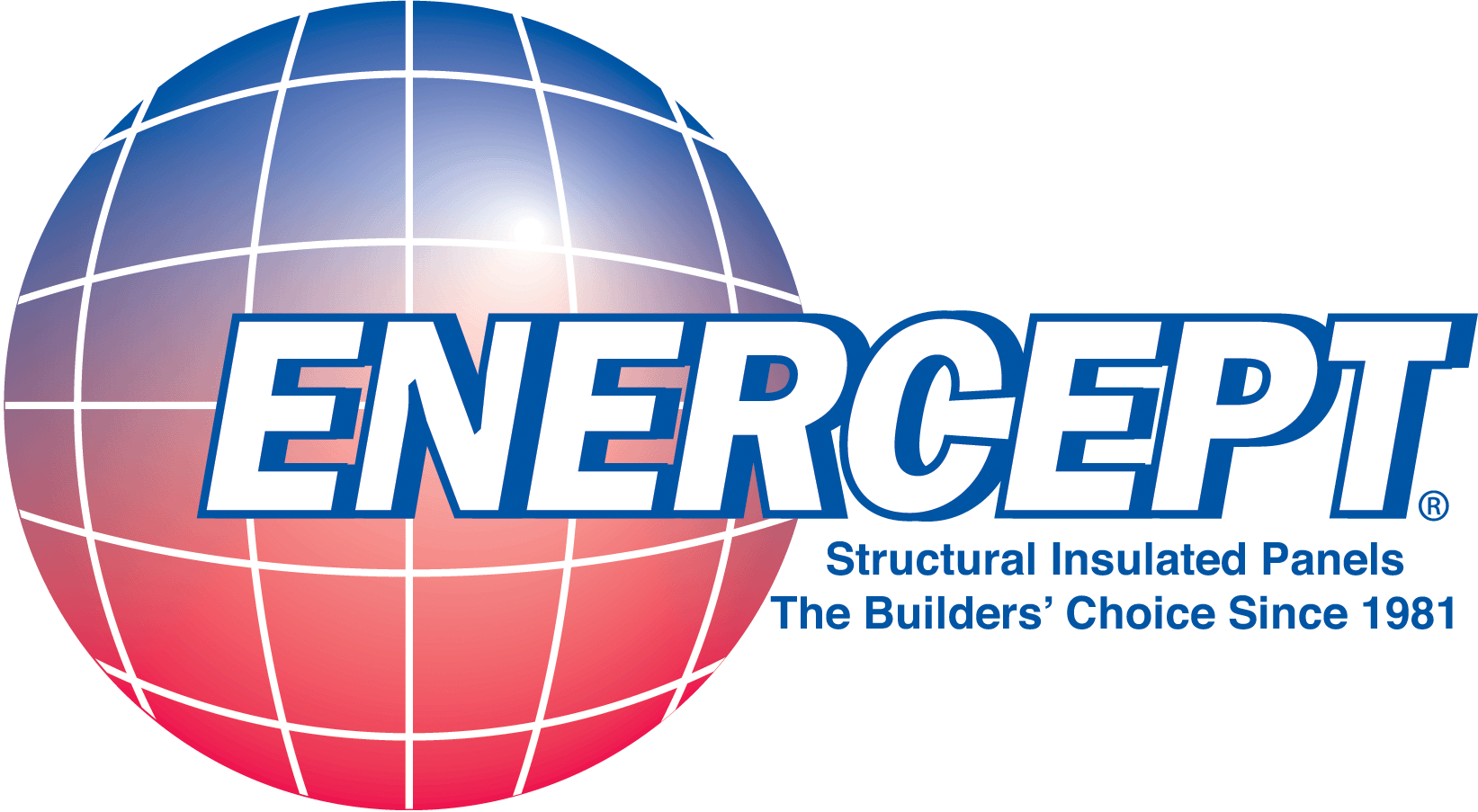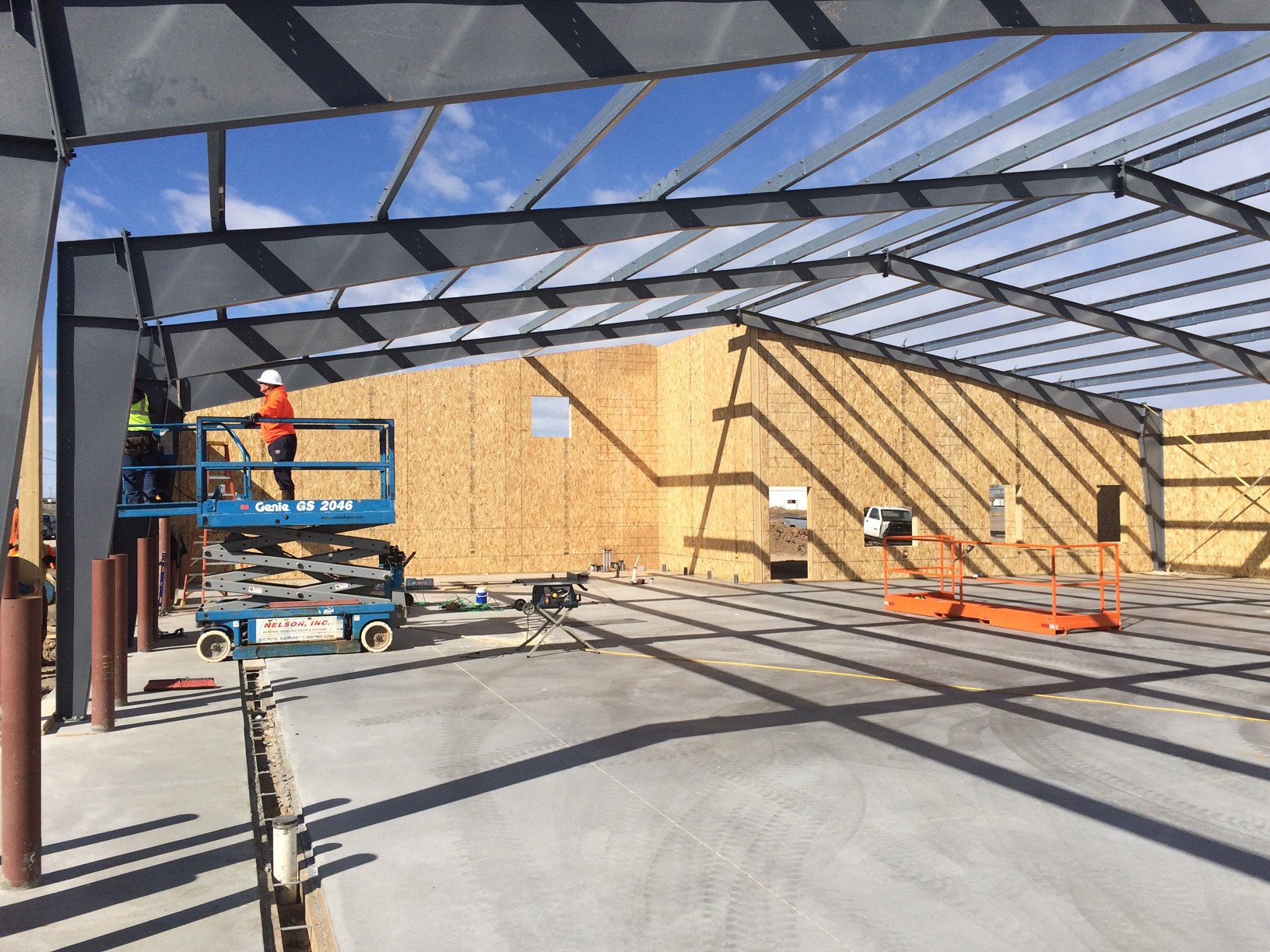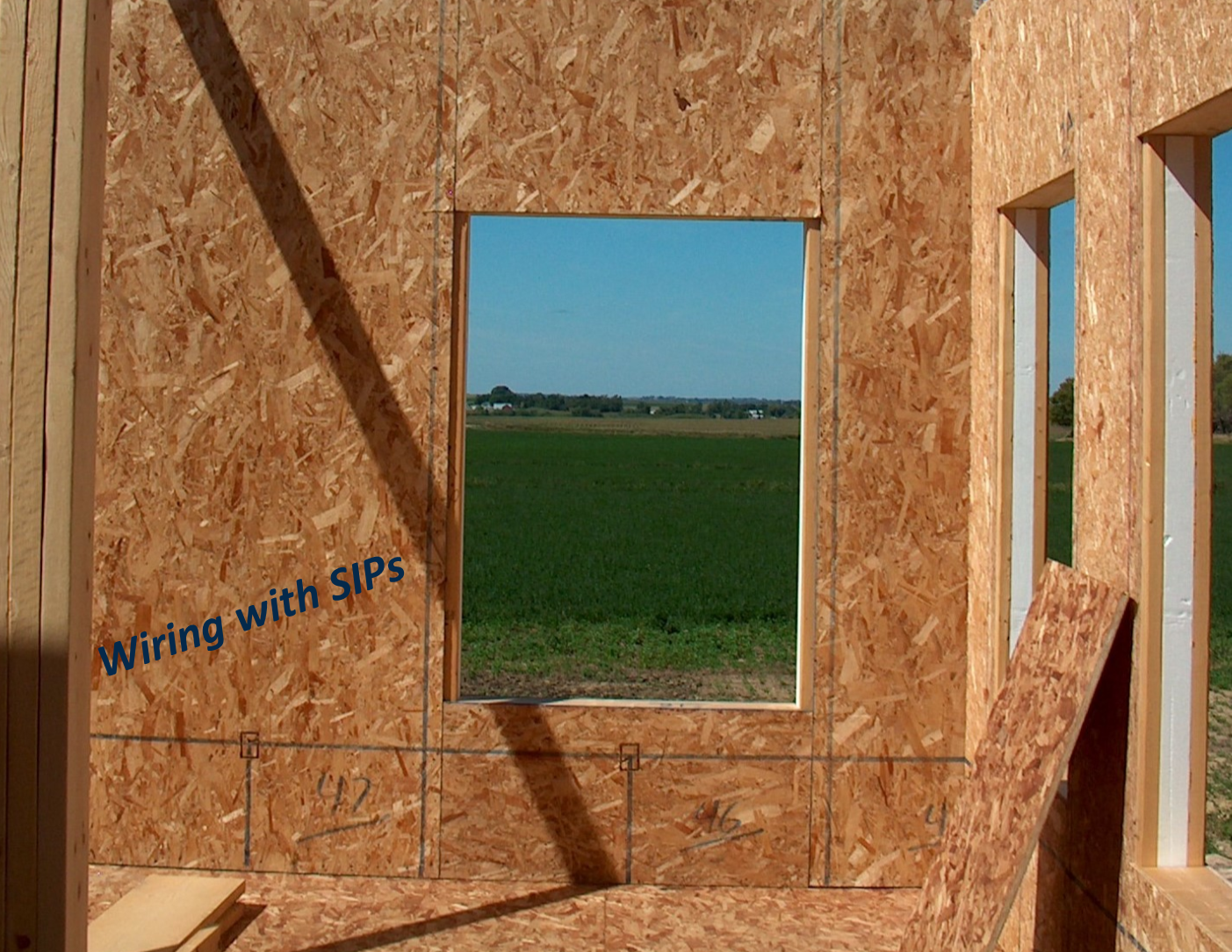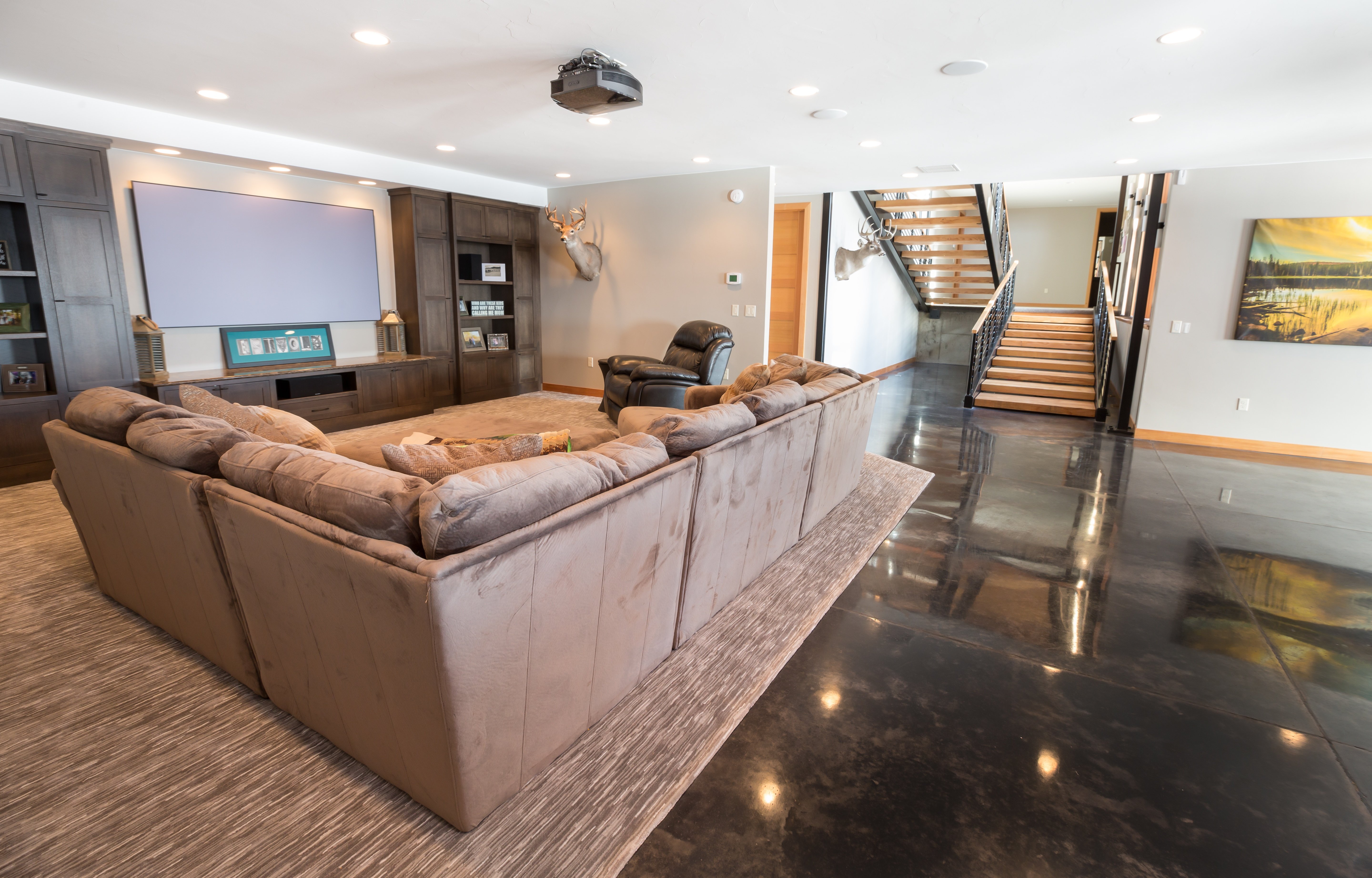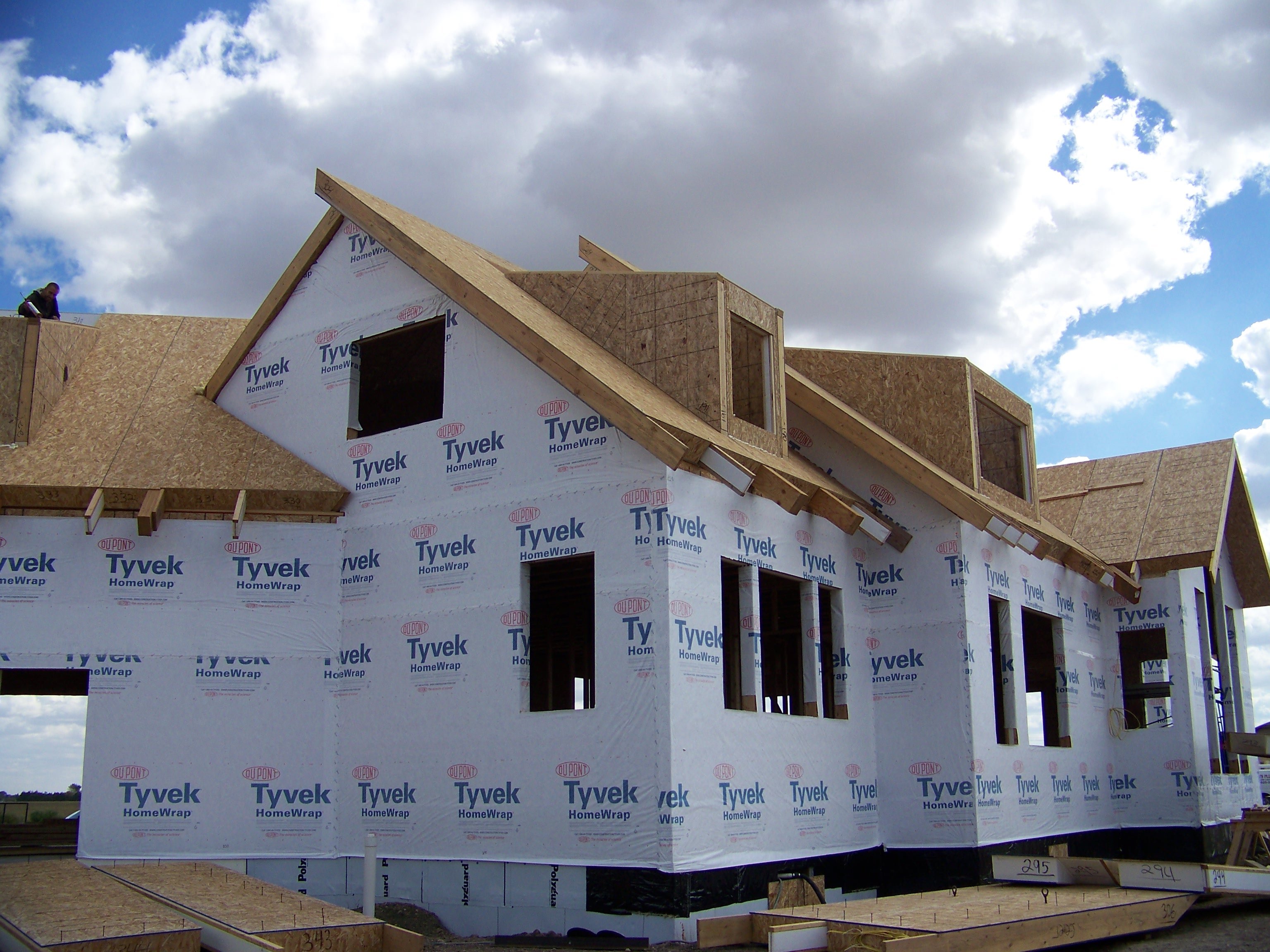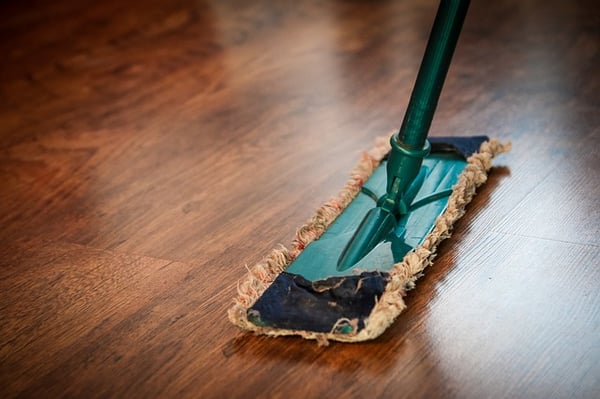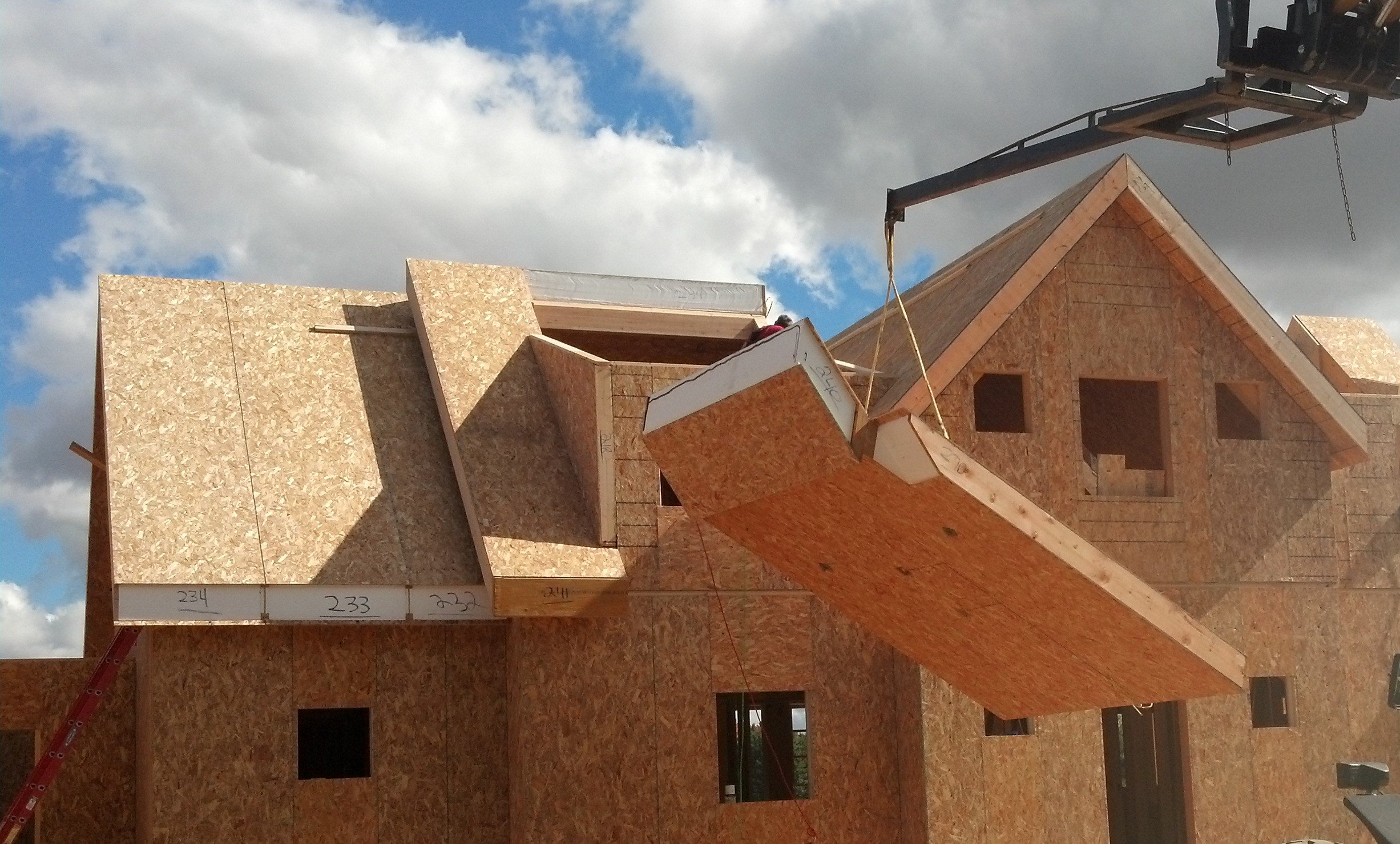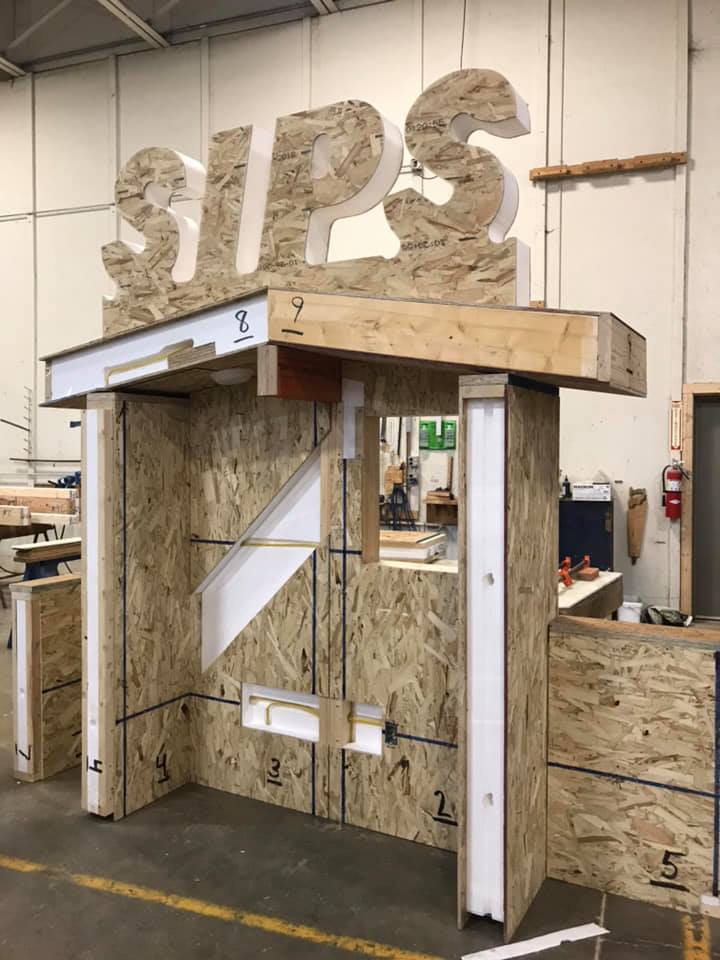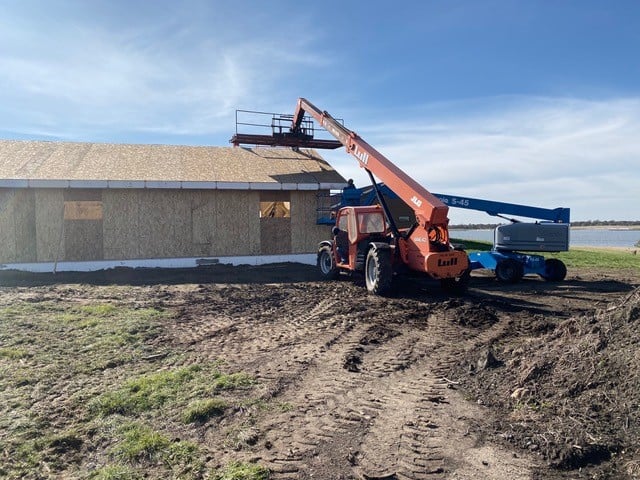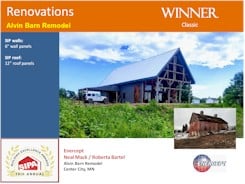Today more than ever, a healthy environment is important. According to the U.S. Environmental Protection Agency, Americans spend 90% of their time indoors, and indoor air is typically two to five times more polluted than outdoor air.
As hard as we try, keeping ahead of the dust in our homes seems impossible. You may think your indoor air is clean, and just like that a sunbeam pokes through the window exposing dust and particles just waiting to land or to be inhaled.
Long before COVID-19 began changing our lives, the building industry was developing procedures and products for improving indoor air quality. Builders have been scrambling for ways to make homes and buildings tighter. But, there is no need to panic, the obvious solution has been around for decades; the obvious solution is Structural Insulated Panels (SIPs).
A properly constructed SIP home is much tighter than its stick-built counterpart, especially when it comes to keeping dust and impurities out. Every panel connection is sealed with sealant and/or seam tape, and the entire structure is wrapped in Tyvek.
Creating this ultra-tight building envelope helps ensure energy efficiency, and a house that is almost impenetrable by environmental irritants, especially in areas with significant amounts of dust, dirt and pollen. Wind can increase the amount of infiltration, so SIPs are an excellent choice for sites exposed to gusty conditions.
A tightly built SIPs house is the right choice for keeping the great outdoors from permeating your indoor environment. However, without proper air movement, your SIP home may become stuffy, or worse, a breeding ground for unhealthy pollutants. Adding mechanical ventilation to your properly sized HVAC system is crucial to your home's air quality. 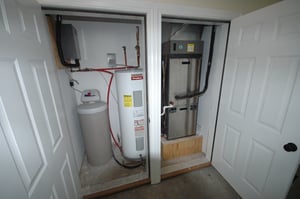
This part of your HVAC system circulates the air and helps keep indoor pollutants (dust, pet hair, dander) from aggravating allergy symptoms and respiratory problems.
Senior Regional Sales Manager Neal Mack recalls a family who built a home in arid western South Dakota many years ago.
“Their daughter had breathing issues. The mom and daughter ran into me at our booth at the state fair and told me the daughter called their Enercept home her ‘safe house,’” Mack says.
An air exchanger also reduces home’s carbon dioxide levels and expels germs which can be locked in stale air. And there’s little worry about nasty smells. Odors from cooking, smoking or using strong-smelling cleaning products are reduced as well.
Some air exchangers also help control the humidity in your home, adding to your comfort as well as preventing mold growth and other potential damage in excessively humid climates.
As concerns about interior air quality become more intense, SIP construction is a powerful weapon against infiltration. Remember, a healthy home is a happy one. Make the best choice for the healthy home of your family's future, make your next home an Enercept home.
Our Mission: Our Commitment
When you build with Enercept SIPs we provide a building that will go up faster and will be warmer, tighter, stronger, quieter and more cost-effective than conventional construction. It is a commitment that others simply can’t beat!
